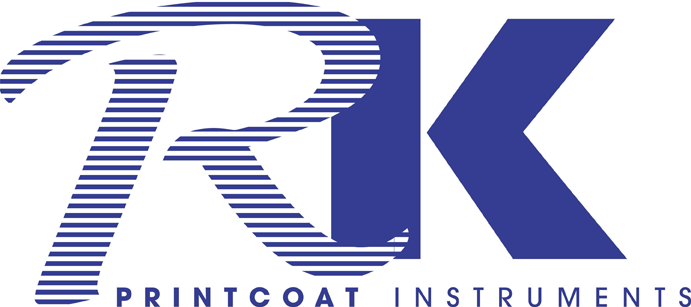LED UV FLEXIPROOF DEVELOPMENT
The concept of UV curing involves using an energy source to bring about a physical-stage shift of ink from a liquid to a solid and opaque form. Or to put it another way, to manipulate light (energy) to penetrate a thick pigment ink film, which is actually designed to prevent the penetration of light.
UV radiation forms part of the spectrum of the electromagnetic radiation. It is adjacent to the short wave part  of the visible light and reaches to the ionising radiation. The UV band is in itself sub-divided into discrete areas such as UVA long wave radiation, UV B medium and UVC short wave radiation. Curing involves the cross polymerization of a photosensitive material, which can be an ink and adhesive or a coating, generally in the long range UV-A portion of the ultraviolet bandwidth.
of the visible light and reaches to the ionising radiation. The UV band is in itself sub-divided into discrete areas such as UVA long wave radiation, UV B medium and UVC short wave radiation. Curing involves the cross polymerization of a photosensitive material, which can be an ink and adhesive or a coating, generally in the long range UV-A portion of the ultraviolet bandwidth.
UV curing has found favour with many over time. UV cured products look good and many customers have appreciated the high gloss levels and scuff resistance of UV products. Printers like features such as the fact that ink stay open and do not dry in the pan.
UV made its printing debut back in the 1970s but it took time to address many of the concerns, not least of which has been the problem of managing heat. The mercury vapour lamp for instance at optimum output of around 365nm also emits infrared heat (energy), which distorts heat sensitive substrates.
It would be true to say that many of the issues associated with the development and use of UV technology have been largely resolved through workaround and refinement to existing technology or the development of new approaches. One of the most recent and exciting developments is UV LED, which extends application possibilities, provides production efficiencies, and much else beside.
There are many benefits driving companies towards using UV LED. The LED technology is both ozone and mercury-free making it environmentally more friendly; UV LED utilises small input power units and offers instant on/off capability, they need less maintenance and reportedly use up to 50% less energy than conventional mercury lamps. As less heat is generated a printer, converter or other producer now has the option of running certain extensible films and speciality materials.
A compact LED (Light Emitting Diode) UV curing system for use with LED optimised flexographic inks is now available from RK Print Coat Instruments Ltd and which can be integrated in as an option with the FlexiProof LED UV. The LED UV lamps offer a tailored output either at the important 385nm or 395nm wavelength.
LED UV extends possibilities. For instance: in the area of prototyping or trialling for instance the FlexiProof makes it possible to create accurate prototypes without taking a production press off line or without recourse to outsourcing. Because the Flexi Proof with LED UV can print directly onto a substrate and cure inline the customer ‘proof of concept’ is made much easier and speedier.
RK’s Tom Kerchiss points out that LED UV is specifically targeted towards a set nanometre wavelength. For this reason and in order that the broadest range of substrates can still be accommodated the FlexiProof UV will still be provided with dichroic mercury arc vapour lamps.
The FlexiProof UV and new variant FlexiProof LED-UV is designed to enable producers and users of flexographic UV inks to resolve colour communication and print/process issues including: colour matching, printability, gloss, scuff and chemical resistance, and so forth off-press; quickly and with minimal waste. Printing and curing in-line on the FlexiProof UV highlights pin holing and other problems, enabling corrective action to be undertaken quickly.
ENDS
